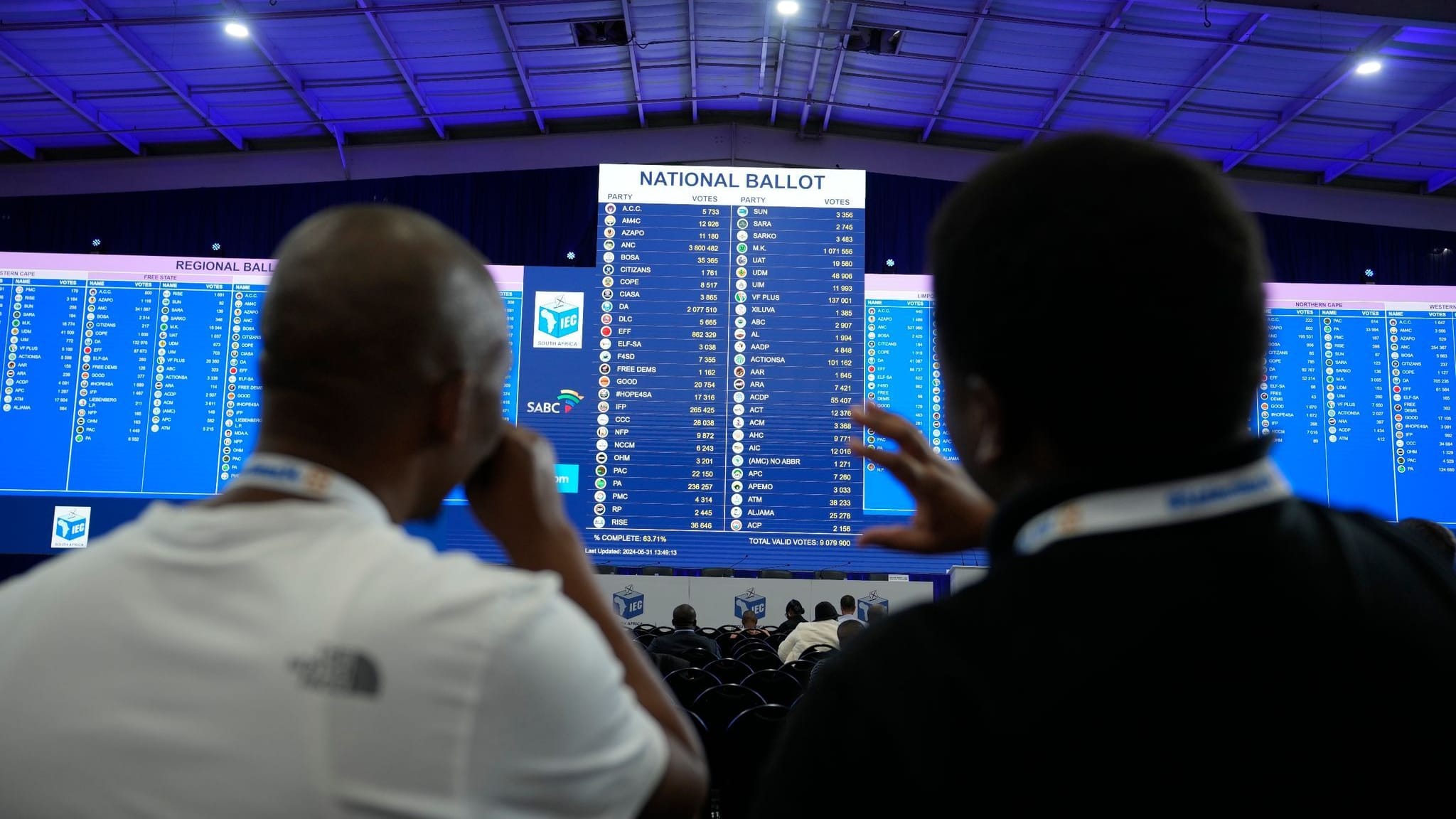Millions of migrating birds have and will continue to pass through Evanston this spring. But many will not make it to their destination and instead will be killed as they mistakenly fly into buildings in the north suburb at night, experts say.
“Right now is our peak for most of the songbirds we see coming through,” said Executive Director with the Chicago Bird Alliance Matt Igleski adding that the biggest threat to the birds is becoming disoriented at night and crashing into lighted windows in high-rise buildings and other structures.
The death toll he said is staggering.
“It’s easily 10,000 a year especially when split between fall and spring migration,” he explained. “That’s just the birds that get picked up and documented. So you can probably triple that number for sure across the whole region, if not more.”
But he also said that carnage can be mitigated by simply dimming lights at night when most migrating birds pass through the area.
To that end, Evanston recently issued a news release encouraging building managers and homeowners in the north suburb to take part in a “Lights Out for Migratory Birds” initiative.
“Every year, millions of birds die as a result of colliding with buildings,” the news release says. “According to estimates, the number ranges from 365 to 988 million.”
According to the birdcast.info website, more than 4.6 million migrating birds crossed over Illinois between 8:10 pm on May 13 and 5:40 a.m. on May 14.
A sign at a bird sanctuary near Clark Street Beach on Evanston’s lakefront shows various species of birds that are migrating through the area. (Brian L. Cox/Pioneer Press)
The news release says birds possess an incredible sensory system that enables them to navigate and orient themselves in darkness but light pollution from buildings and other sources at night can interfere with their natural ability to do so, disorienting migrating birds making them more vulnerable to collisions.
The news release requested Evanstonians turn off all non-essential lights from 11 p.m. to 6 a.m.
“It’s definitely one of those issues that seems easily fixed,” Igleski said. “We know the solutions. We know the issue. It’s just implementing the ways to mitigate those problems. That can be a struggle.”
He said birds migrate from as far south as Chile and travel as far north as Canada. He also said that about 20% of the migrating birds will nest in Illinois for the summer before migrating back south in the fall.
“They can sense the earth’s magnetic field so they’re using that to orient themselves,” he explained. “But they also use large geographic landscape characteristics so they follow the Des Plaines River. That tends to be one of their main migratory routes and then the other migratory route is along Lake Michigan.”
The Evanston initiative ran between May 6 and the 8 but Igleski said it would be much better for the migrating birds if it was in place for months.
“In theory Lights Out would be for a lot longer and all night, but a lot of the recommendations are from between 11 p.m. to sunrise,” he added. “That gives the birds the best change of migrating through the city safely.”
Brian L. Cox is a freelance reporter with Pioneer Press.





